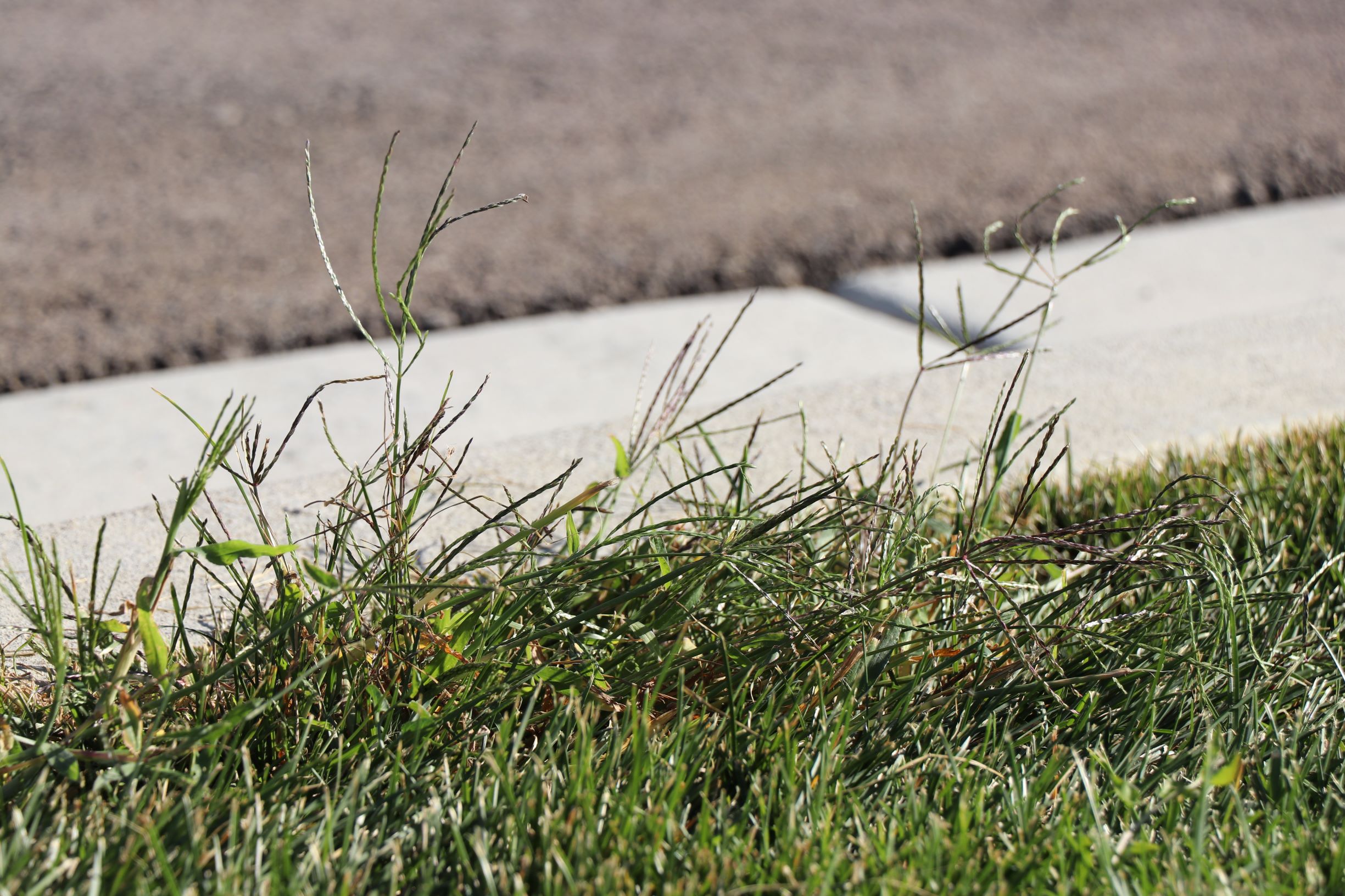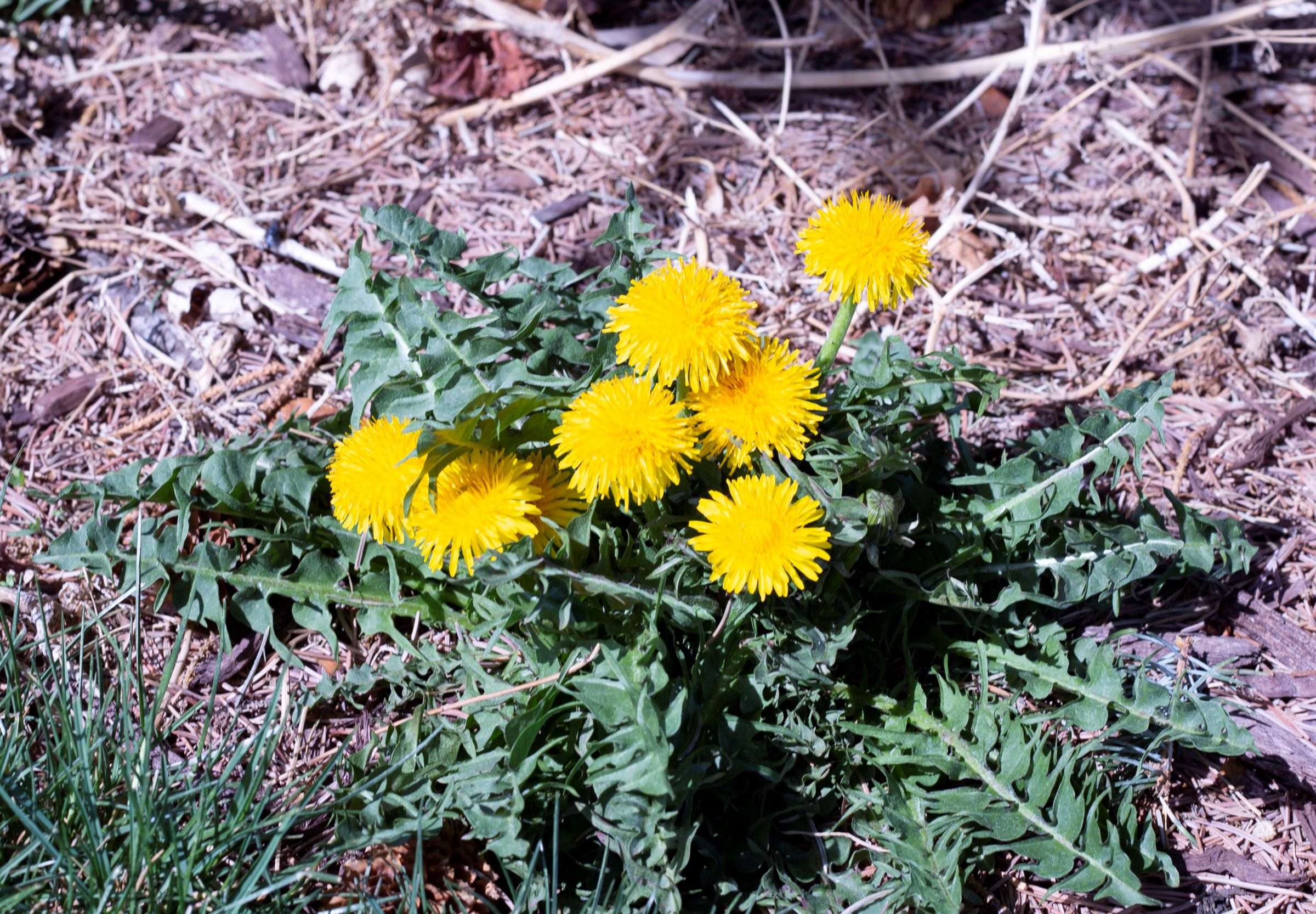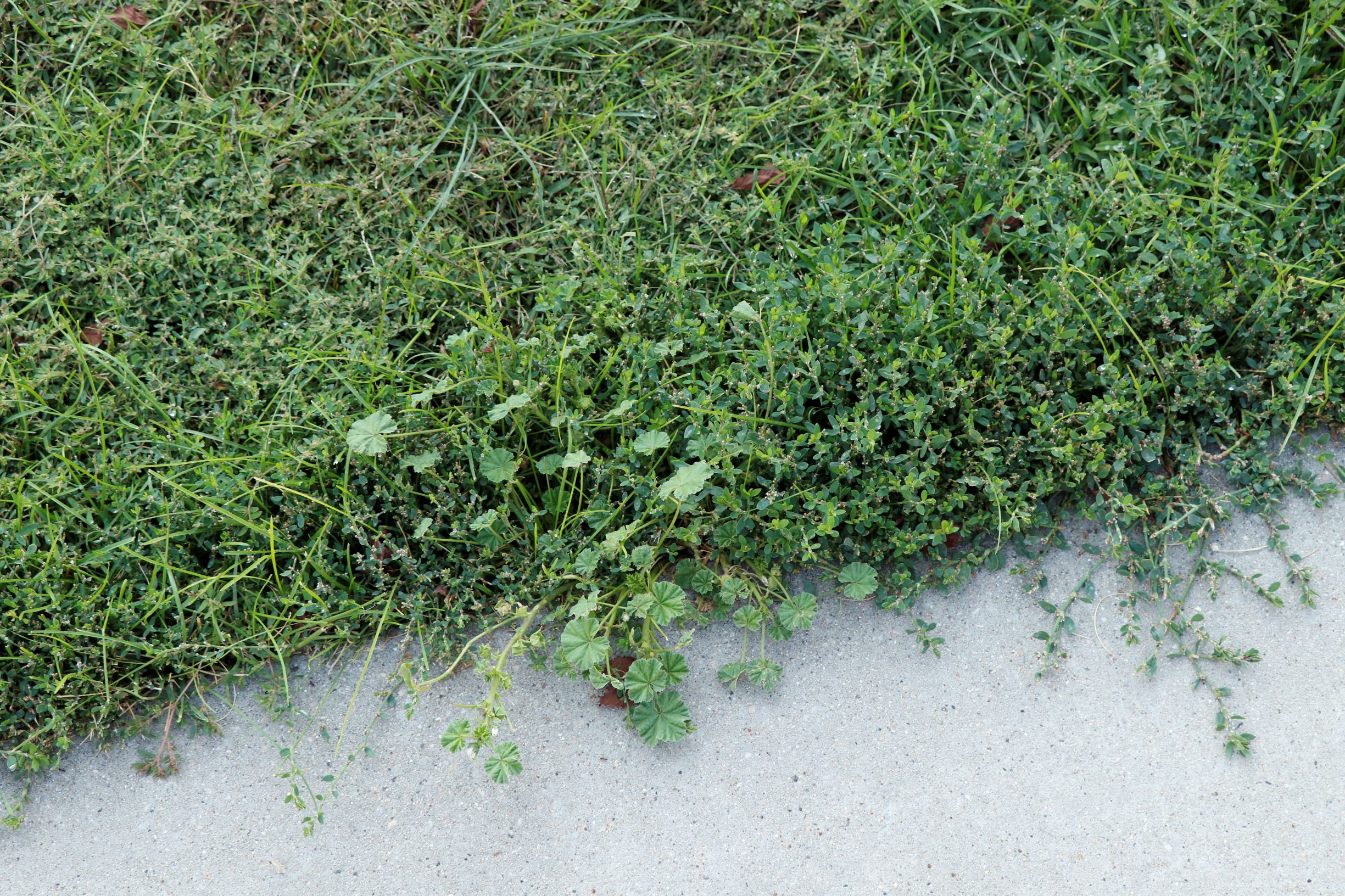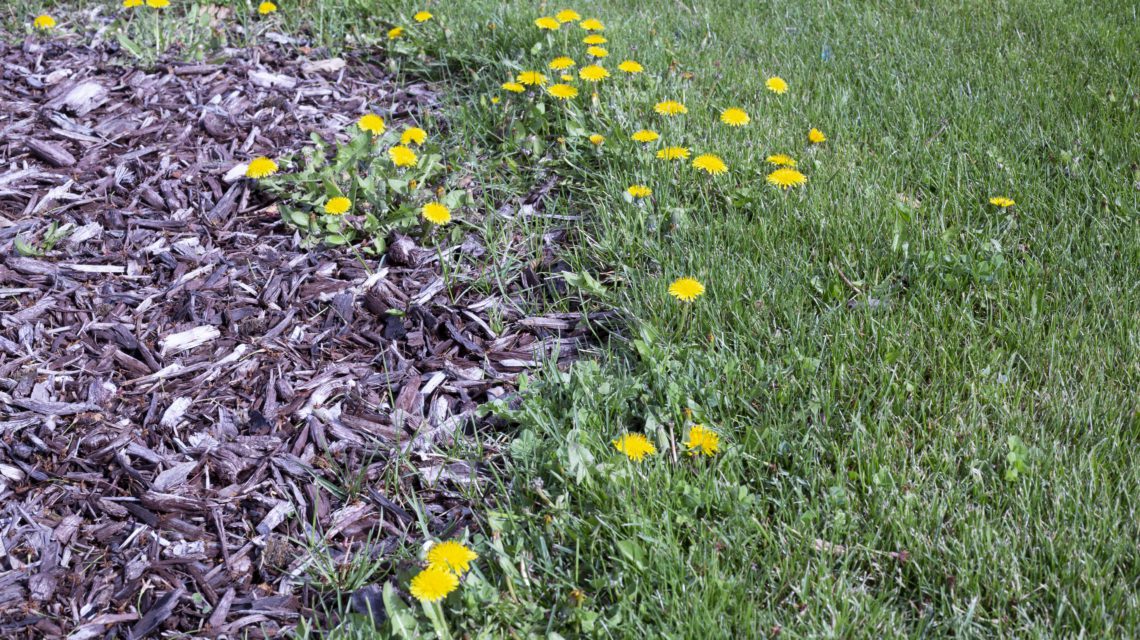Does your lawn look more like a weed patch than a lawn these days? Are you ready to give it a fresh start? Maybe you’re sick of staring at the field of weeds on the side of your house, or perhaps your flowerbeds need some help. The solution? Professional weed control.
The type of weed control that should be used on your property depends on your goal for the area you want to be treated. Some of the areas that may need to be treated are as follows:
Large Areas Full of Weeds
Vegetation control is likely the best option for large areas full of weeds. A vegetation control spray is a non-selective herbicide that will kill all of the plant life it touches. This type of spray is effective if you want to contain the weeds in a large field or landscaping area.
Keep in mind that with this type of spray, nothing will grow in the area for a while. Professionals use this spray when they’re trying to kill all of the vegetation in a large area.
Flowerbeds with Weeds
Active flowerbeds flourish when weeds are spot treated with a non-selective herbicide (that kills all plant life). When spraying with a non-selective herbicide, technicians are careful to avoid spraying any flowers or other plants you want to keep alive. Professionals generally avoid spraying in the following conditions:
- Windy conditions (wind can carry the weed control spray onto flowers)
- Rainy weather (rain will wash away the weed control)
- Weeds entwined with desirable plants and flowers (the herbicide will kill the desirable plants too)
Weed control sprays work best when they are combined with pre-emergent. Pre-emergent is a chemical that prevents seeds from growing. When applied at the correct time, pre-emergent will prevent annual weeds (that grow from seeds each year) from starting to grow. Professionals will know when to apply pre-emergent for the best results.
Follow these steps to treat weeds in flowerbeds:
- Spray each weed with a non-selective herbicide
- Scatter granular pre-emergent in the spring to prevent seedlings from growing
- Respray the weeds after 10 days if they don’t die
- After the weeds wilt and shrivel, pick them out of the flowerbed and dispose of them
Avoid using pre-emergent when trying to grow flowers from seeds because the pre-emergent will prevent the flowers from growing.


Weeds in the Lawn
Lawn weeds are some of the most difficult to deal with, partly because of the wide variety of weeds that can grow in the grass. Two main types of weeds may commonly grow in your lawn:
- Weed grasses
- Broadleaf weeds
Weed Grasses


Weed grasses are difficult to get rid of. Some annual weed grasses (like crabgrass) are annual, so they grow from seeds each year and can be controlled with pre-emergent. Other weed grasses (like orchard grass) are perennial, so they grow year-round and cannot be killed with pre-emergent once they start growing in the lawn.
The only weed control sprays that can kill perennial weed grasses are non-selective herbicides. To get rid of perennial weed grasses, carefully spray them will a non-selective herbicide and then dig them up.
Broadleaf Weeds
Other weeds that may grow in your lawn are of the broadleaf variety. Examples include dandelions, clover, and chickweed, among others. Broadleaf weeds can be managed using specialized broadleaf weed control chemicals. These chemicals will kill the undesirable weeds while leaving your lawn undamaged.


Treating Lawn Weeds
The best way to treat for weeds in the lawn is to thicken the grass to choke out weeds. Follow these steps to get rid of lawn weeds:
- Spray weed control that kills broadleaf weeds without hurting the grass. This will get rid of existing broadleaf weeds like dandelions and clover.
- Use pre-emergent each spring to prevent annual weeds like crabgrass from growing in the lawn.
- Fertilize your lawn periodically throughout the spring, summer, and fall months. This will help strengthen your grass.
- In the fall, carefully spray perennial weed grasses like orchard grass with a non-selective herbicide (that kills all plant life) and dig them up.
- After killing the perennial weed grasses, aerate and overseed your lawn (especially the parts where perennial weed grasses were growing) to help thicken your grass the next spring.
Are you worried about spraying the correct type of weed control yourself? Stewart’s lawn service program includes a weed control spray and a pre-emergent to help treat annual weed grasses and some broadleaf weeds.
Stewarts also has a vegetation control service and a flowerbed service to help eliminate the weeds on your property. Call or text 801-226-2261 today for a free quote!



